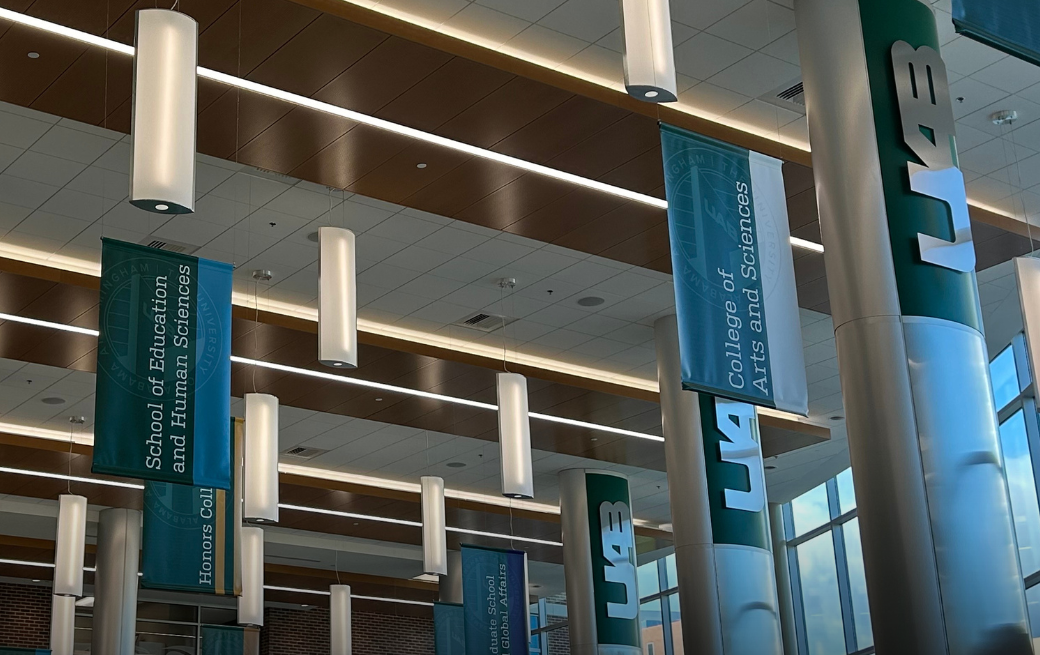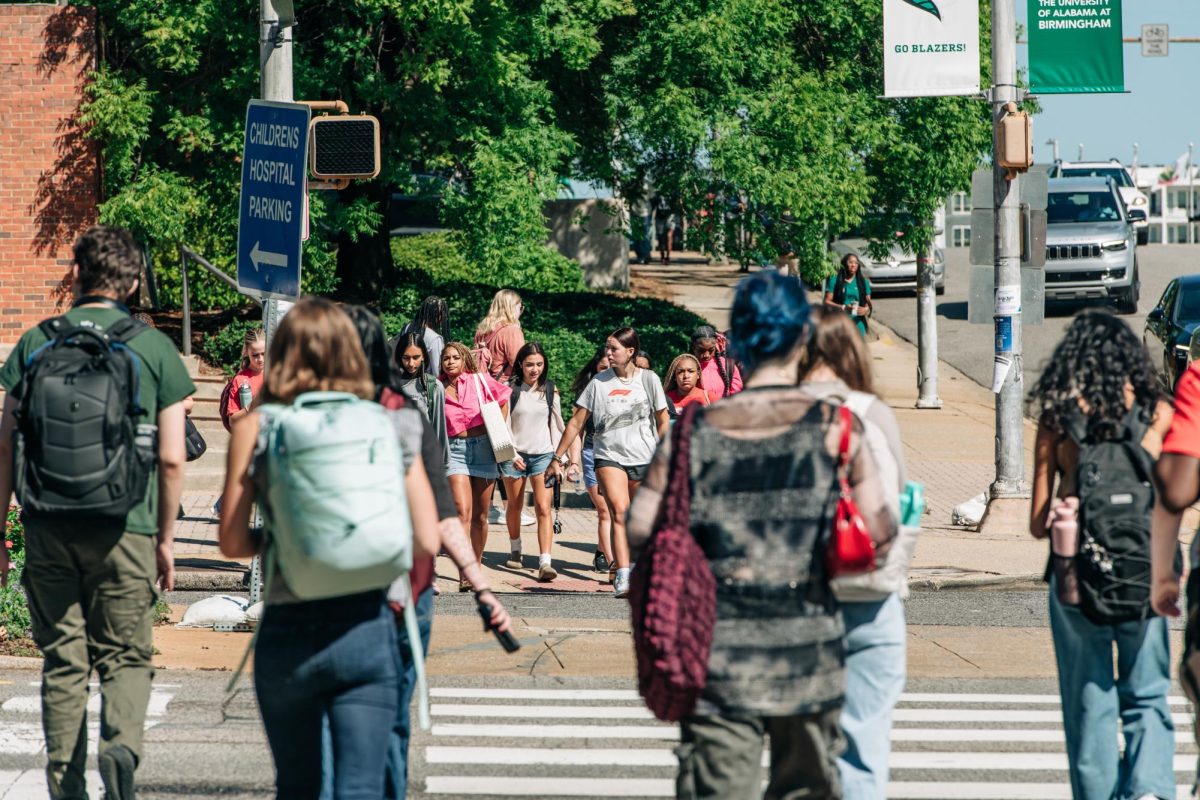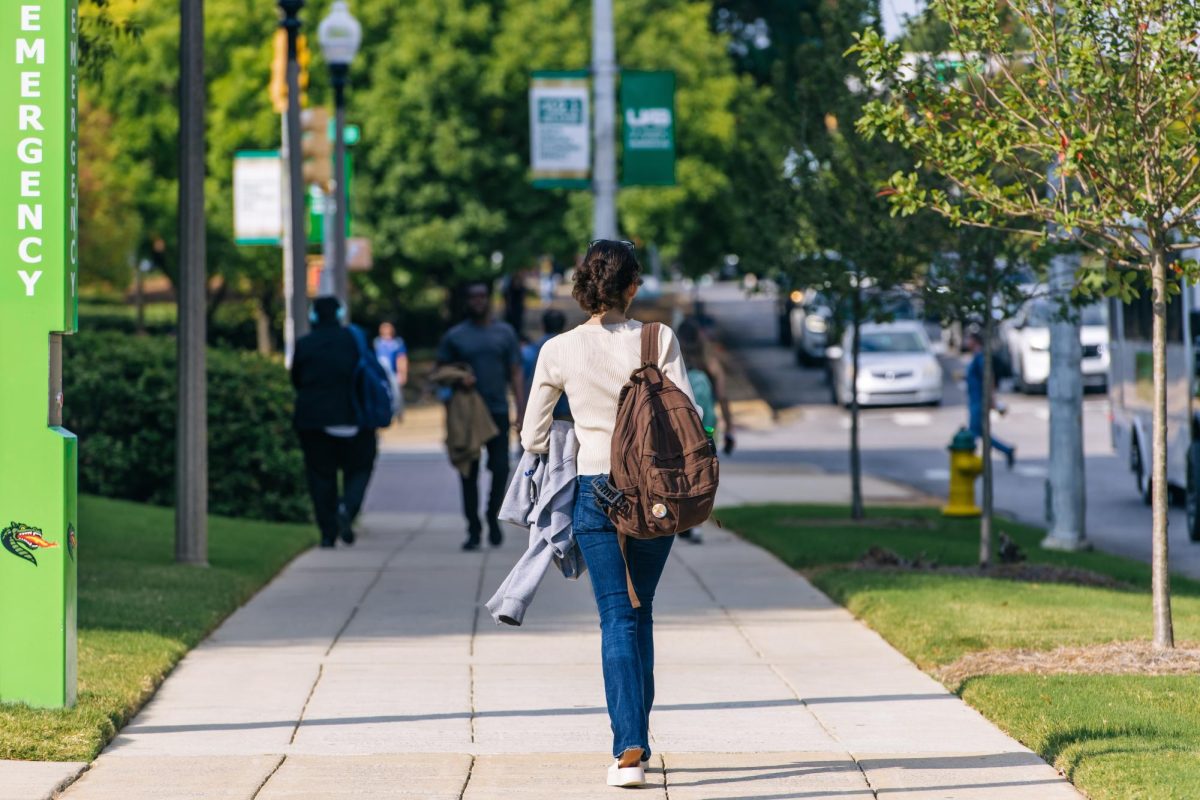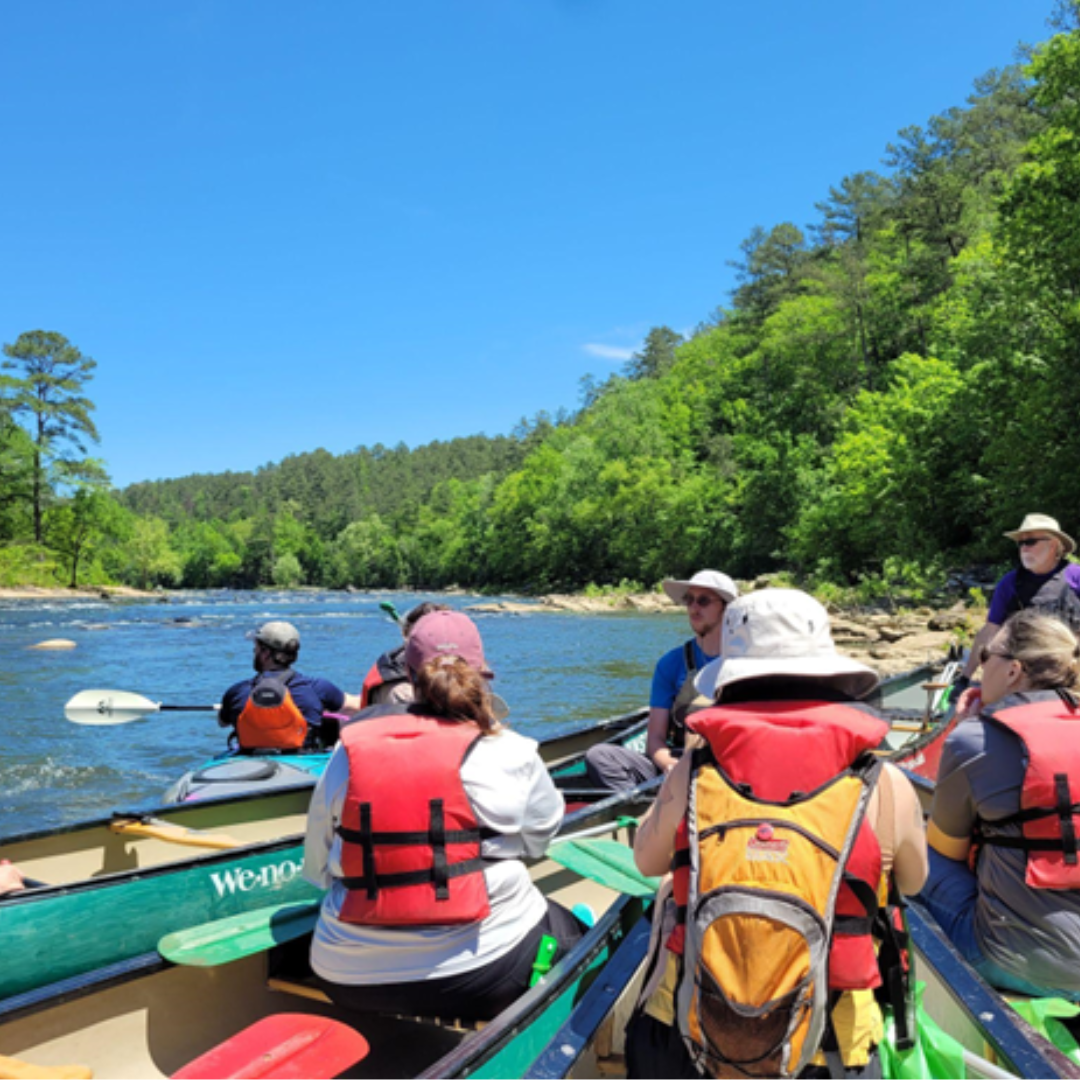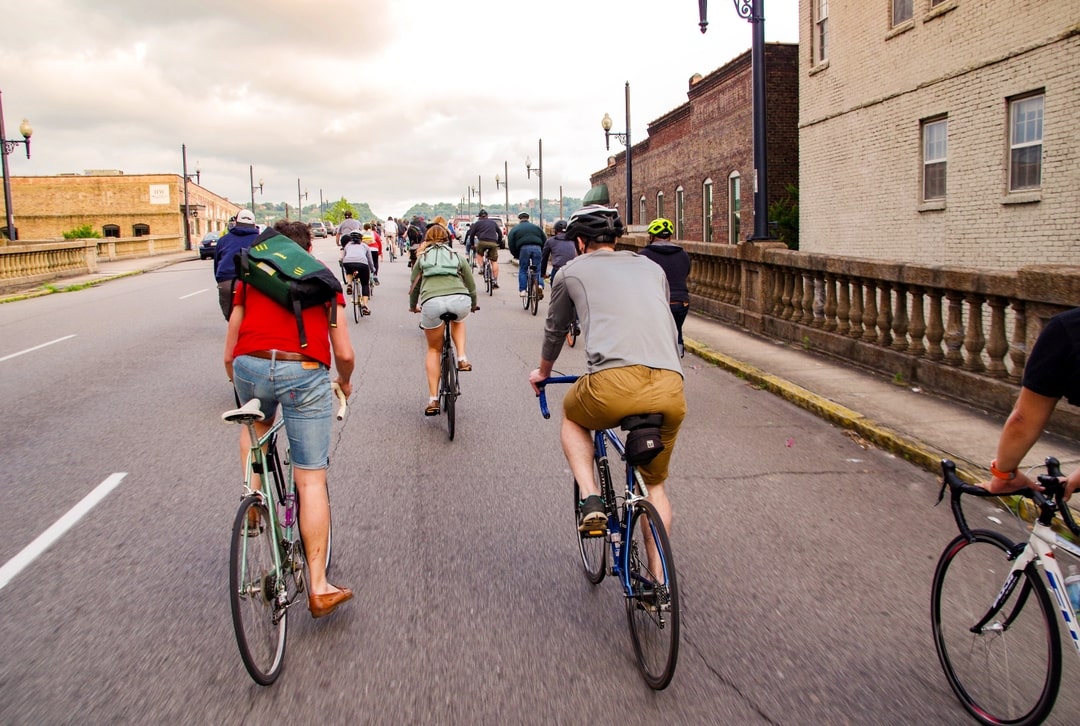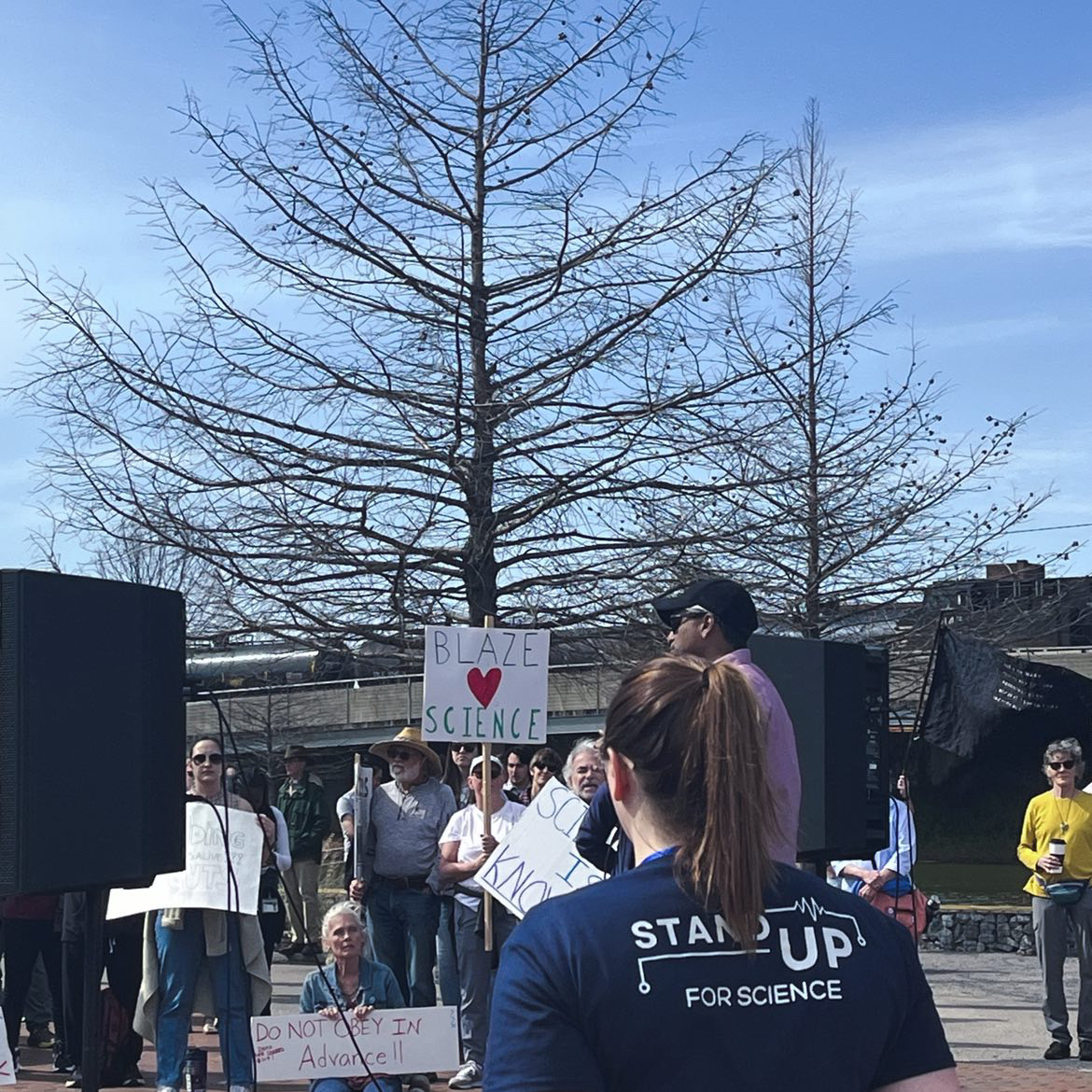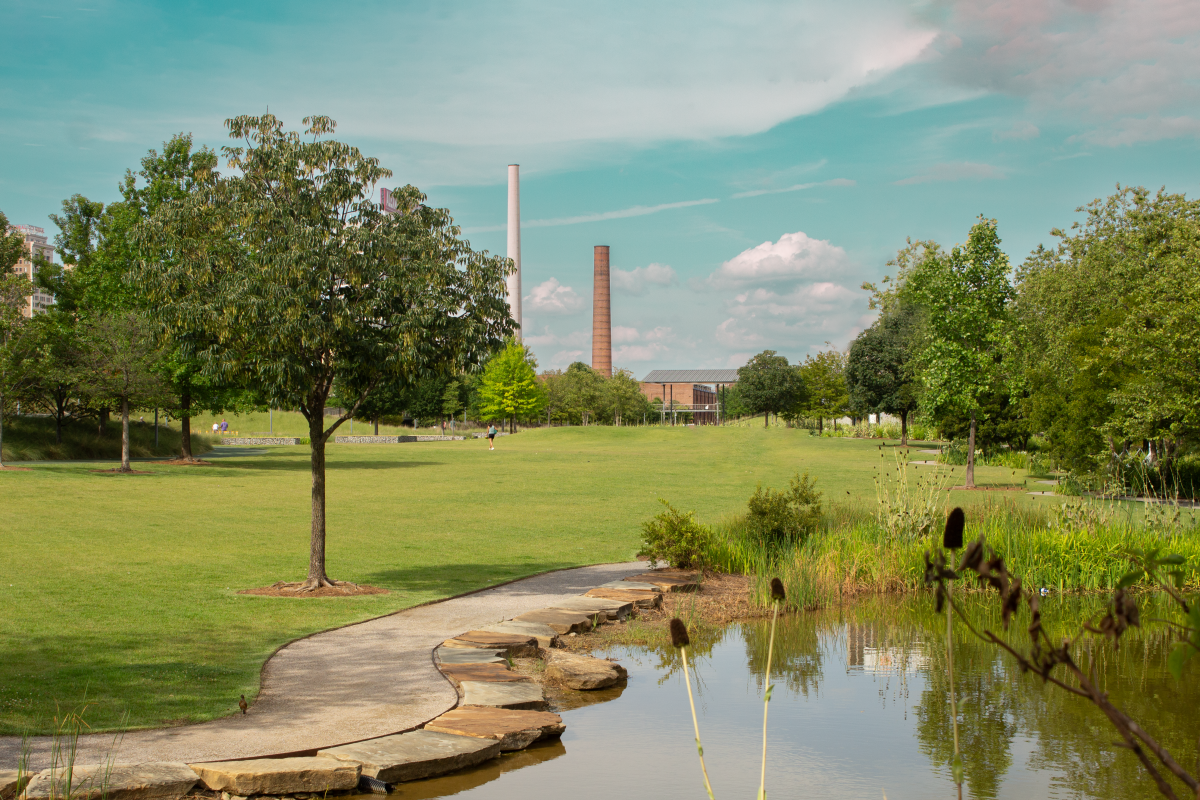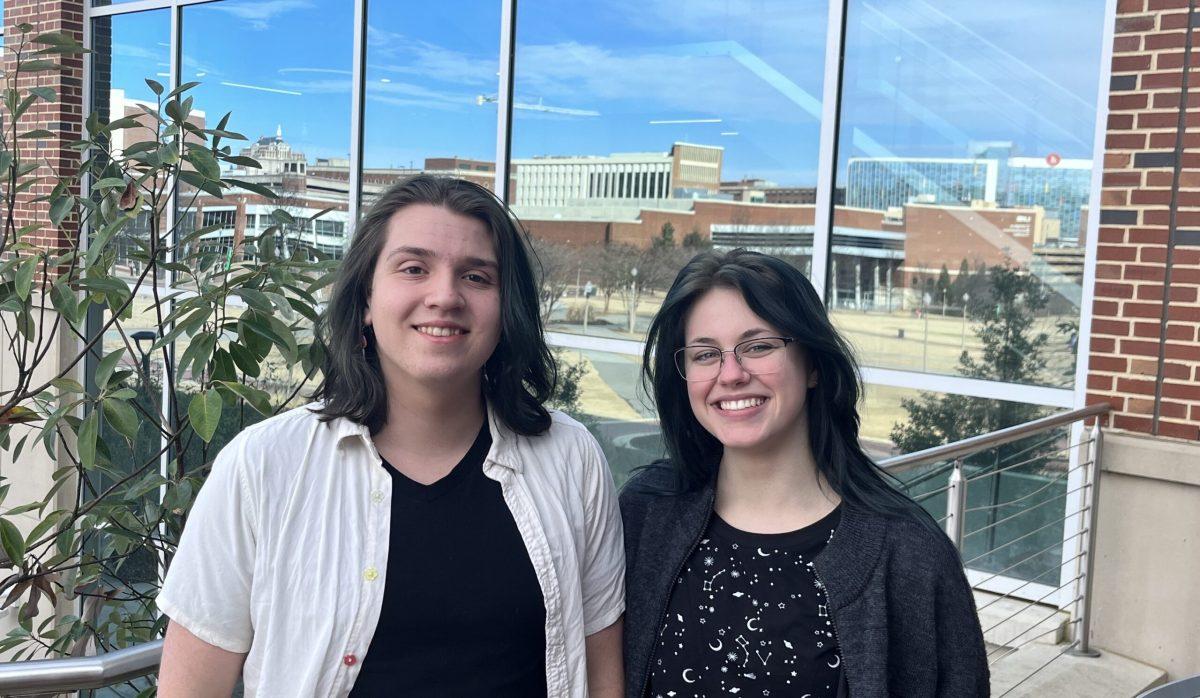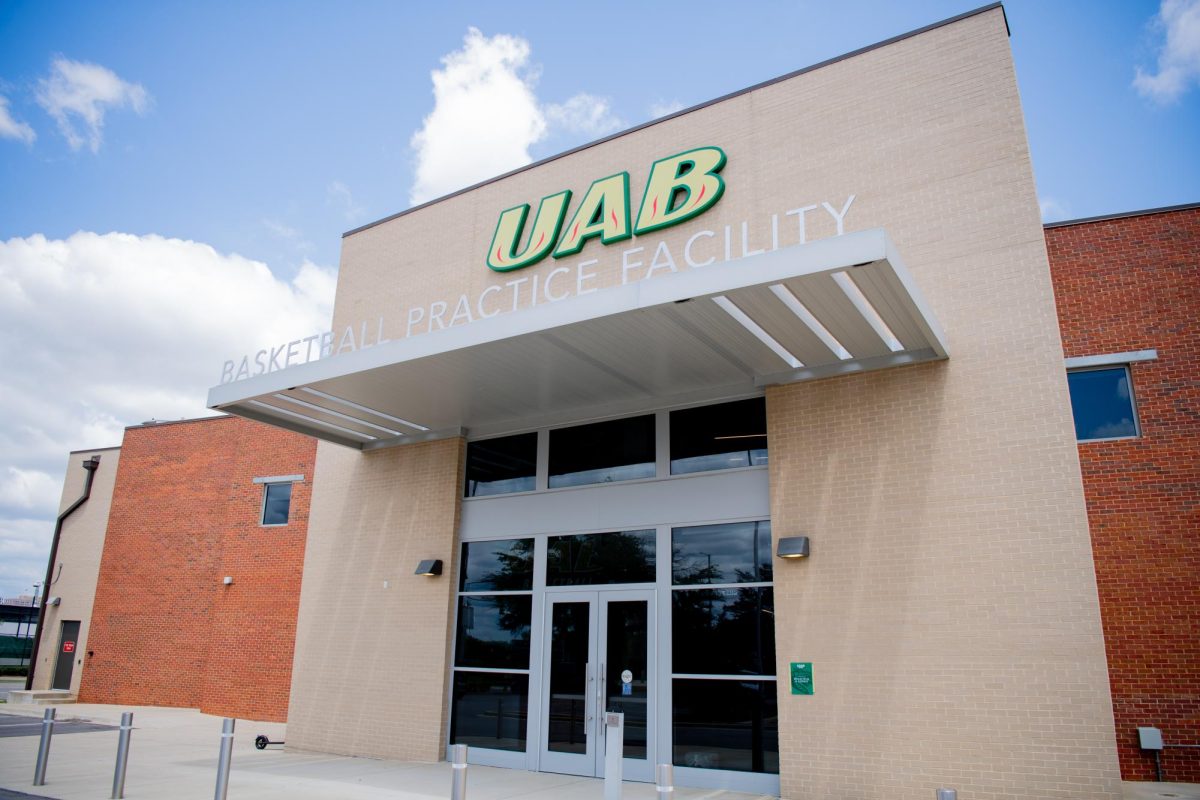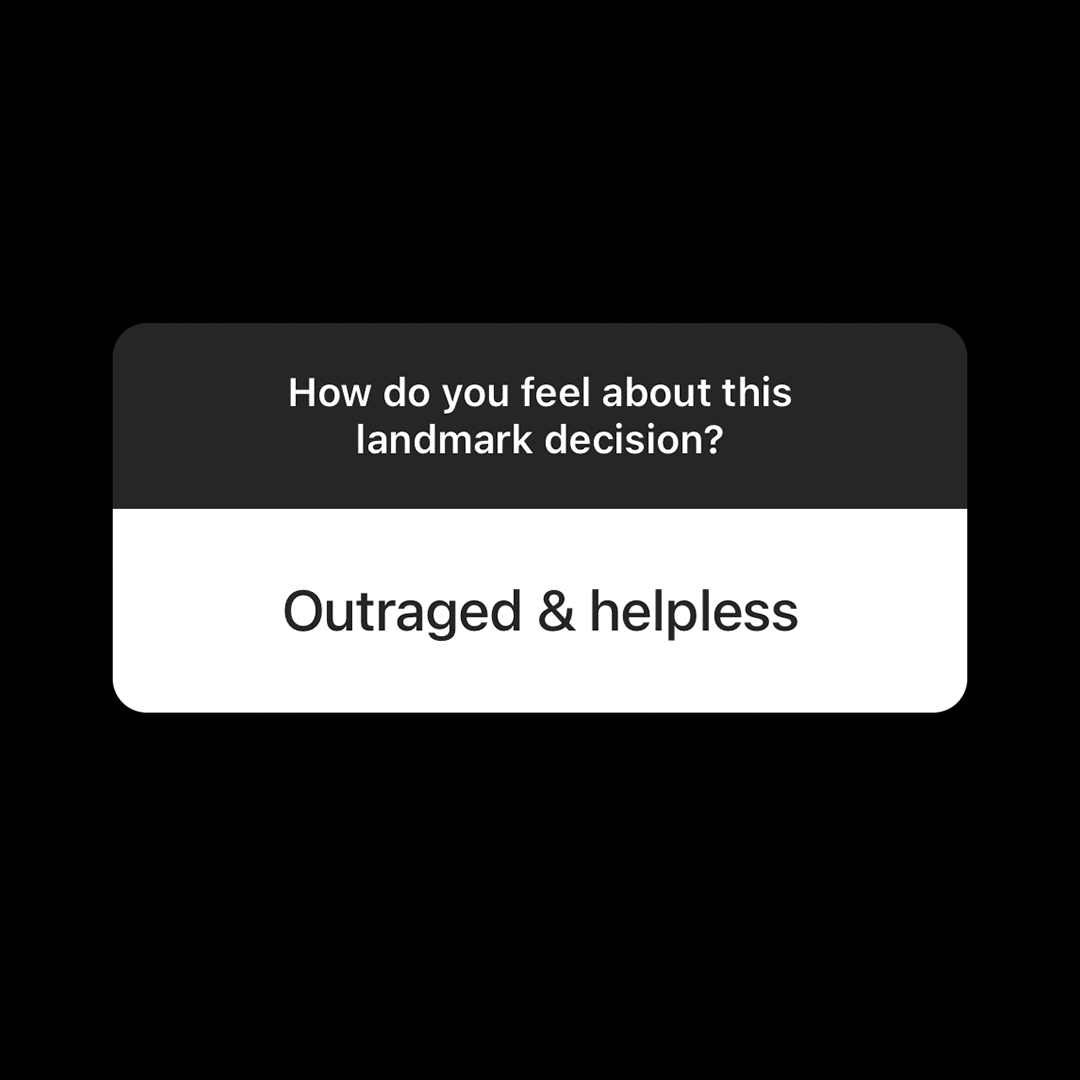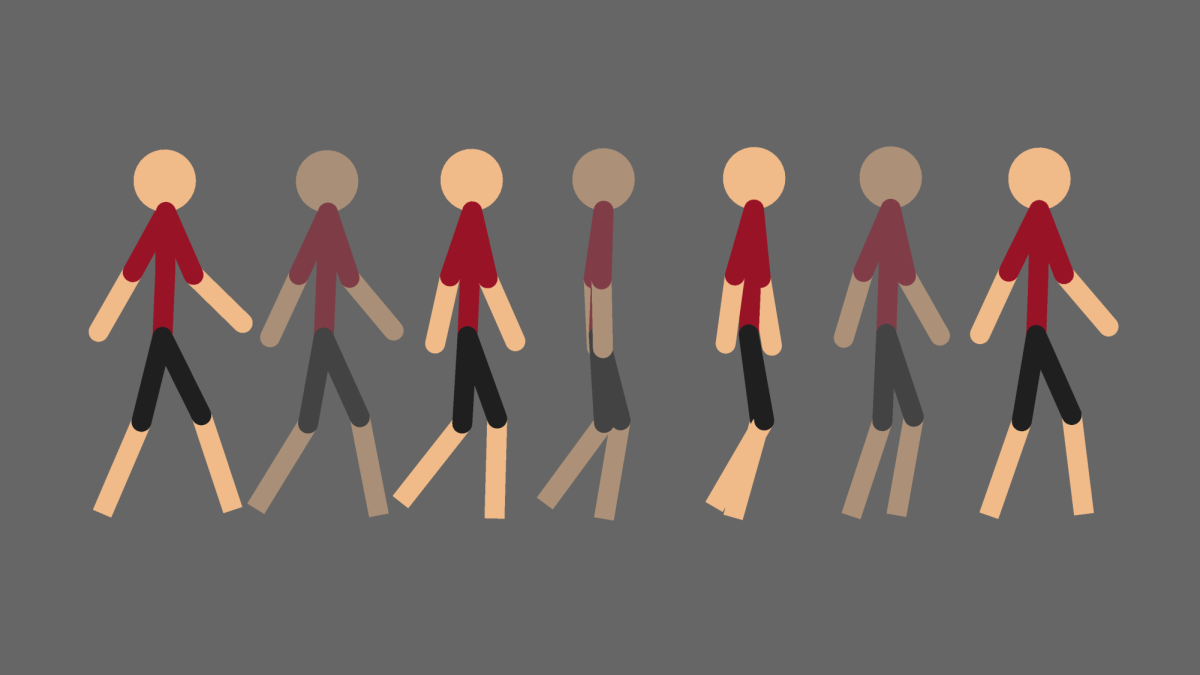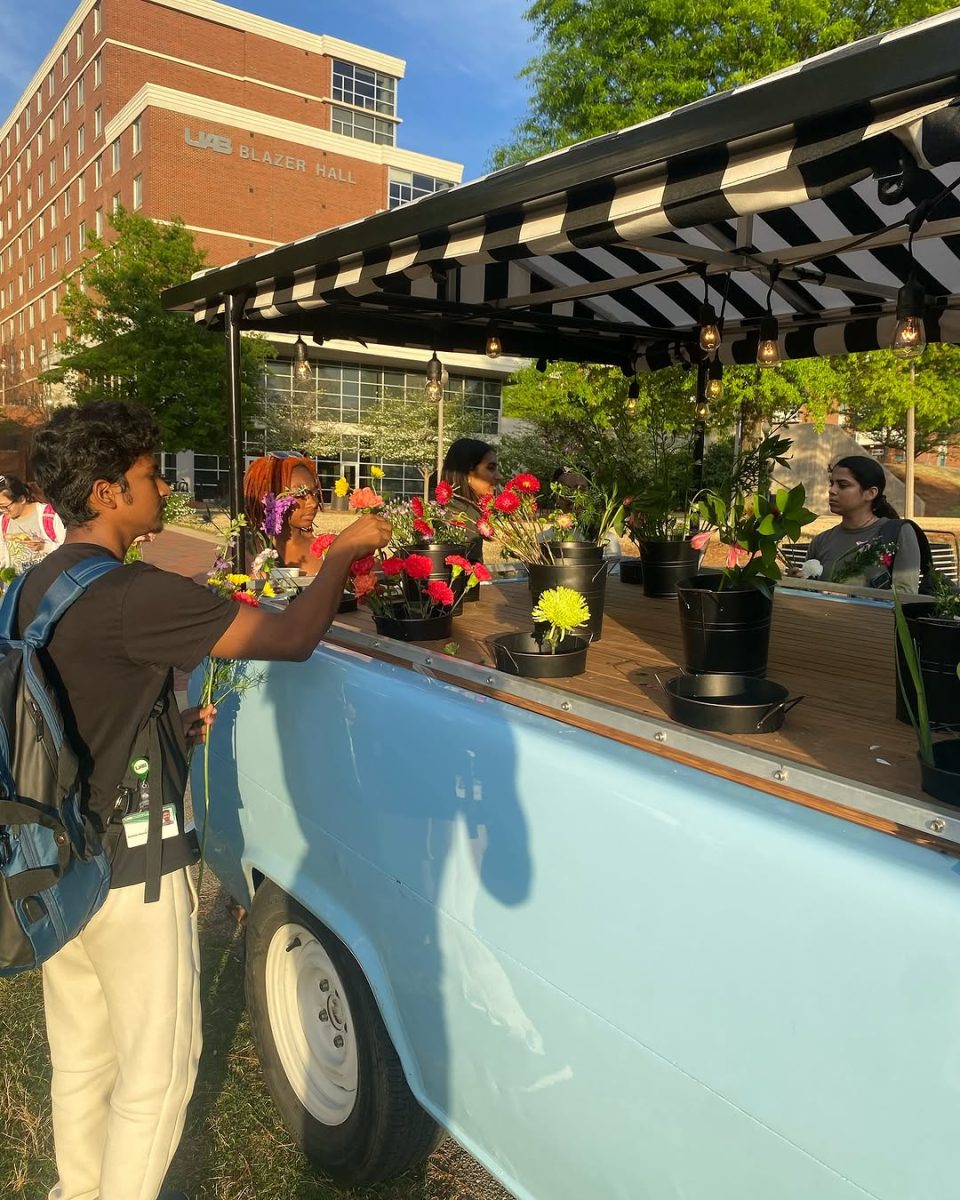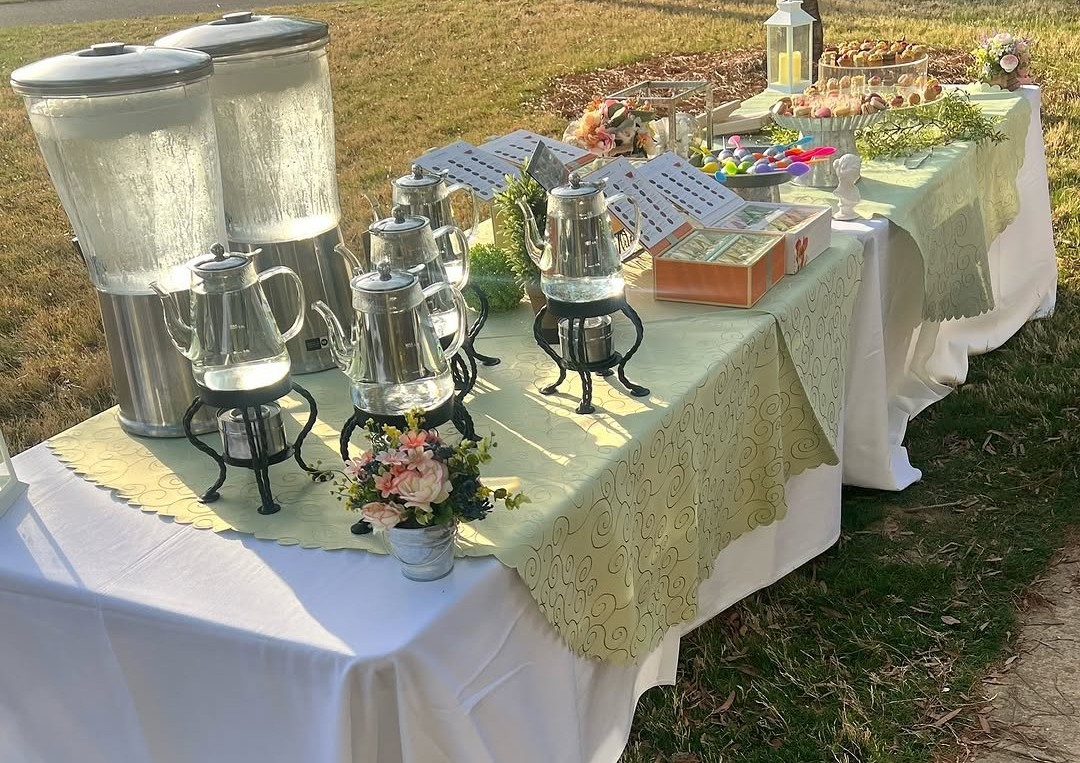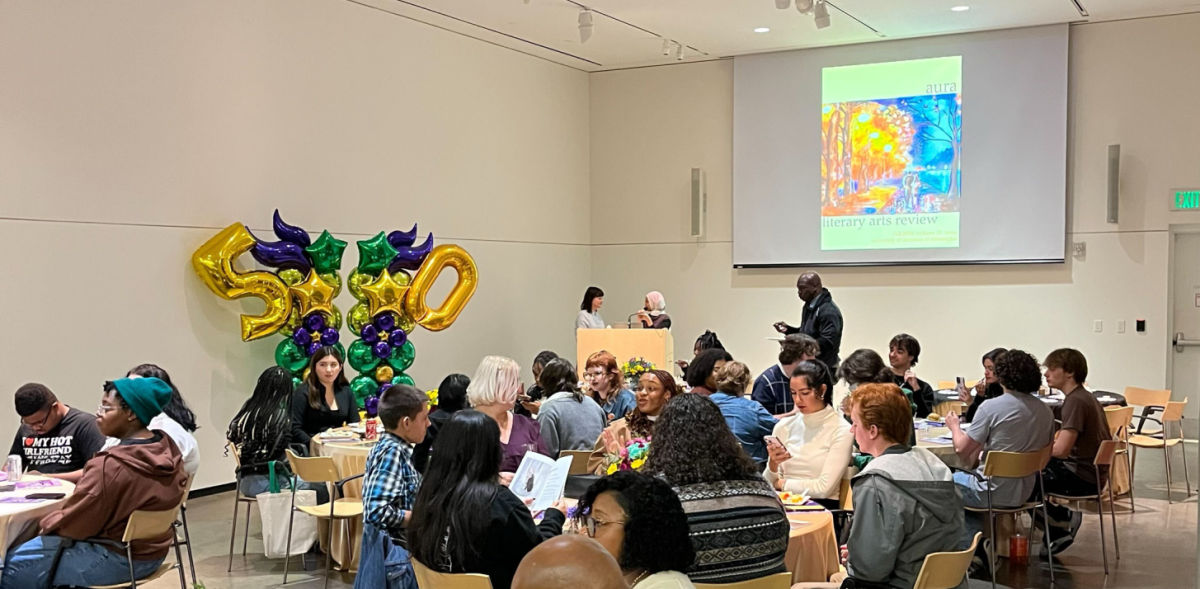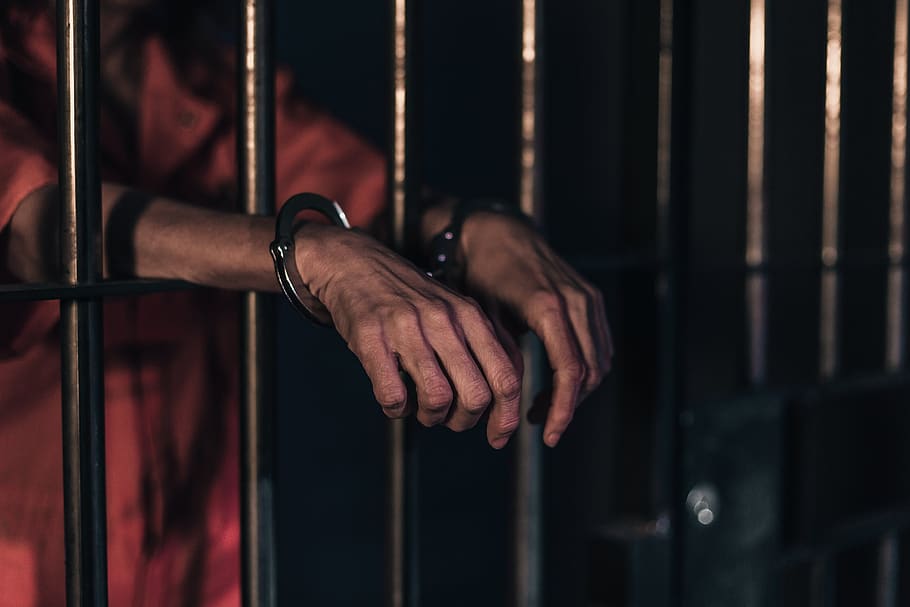Hannah Richey
Opinion Editor
[email protected]
Alabama prisons have been rife with abuse and Gov. Kay Ivey has decided building new facilities will change that.
The announcement of these three new prisons comes after an investigation and report by the Department of Justice into violence in Alabama’s prisons. It found that prison officials have been deliberately indifferent to prisoners’ constitutional rights.
This is primarily through use of excessive force on prisoners, including those who are compliant. It also includes the conditions of the prisons such as overcrowding and understaffing.
Even the DOJ’s recommendations do not fully address what is really going on in the Alabama Department of Corrections (ADOC).
Overcrowding and understaffing are symptoms of an even larger issue. The Prison Policy Initiative study showed Alabama has an incarceration rate of 946 per 100,000 people. That is higher than the United States’s incarceration rate as well as every country in the world’s.
Alabama’s incarceration crisis happened because the state’s response to crime is retribution rather than rehabilitation. That can’t be changed with newer prisons.
According to the Prison Policy Initiative, in 2018 Alabama had around 46,000 people incarcerated in state, federal, local and juvenile facilities.
This large number is not indicative of any volume of violent crime. It’s in part due to Alabama’s harsh drug laws and their disparate incarceration of Black and Hispanic/Latinx people.
Nothing in the DOJ report or Gov. Ivey’s plan included that Alabama needs to stop putting so many people in prison, which is the real issue.
The response to legal infractions doesn’t have to be incarceration. And, since we aren’t getting rid of incarceration any time soon, incarceration doesn’t have to be retributive.
There is no reason to lock up adults for having weed or selling it to another adult. Beyond that, an adult possessing other drugs doesn’t always have to be incarcerated either.
Arresting and imprisoning people for addiction will not solve their addiction, especially with Alabama prisons’ abysmal health care facilities.
Yes, our prisons are in disrepair and we need facilities that are in better shape. However, we shouldn’t be convinced that the ADOC will magically do better and not abuse prisoners just because they’re in a cleaner facility or have cameras around.
Building new facilities doesn’t solve our massive number of incarcerated people. If anything, it could encourage more incarceration. Judges who would’ve sentenced nonviolent offenders to probation could be inclined to send them to prison since the condition will (hopefully) not be “as bad.”
There also won’t be a new women’s prison built despite Tutwiler, Alabama’s only women’s prison, being overcrowded and in disrepair.
Some of the DOJ’s remedial measures are much needed. There has to be more oversight of Alabama prisons, but we can’t stop there.
There has to be massive legal measures that decrease the number of incarcerated people if we want any fundamental change in the prison system.


